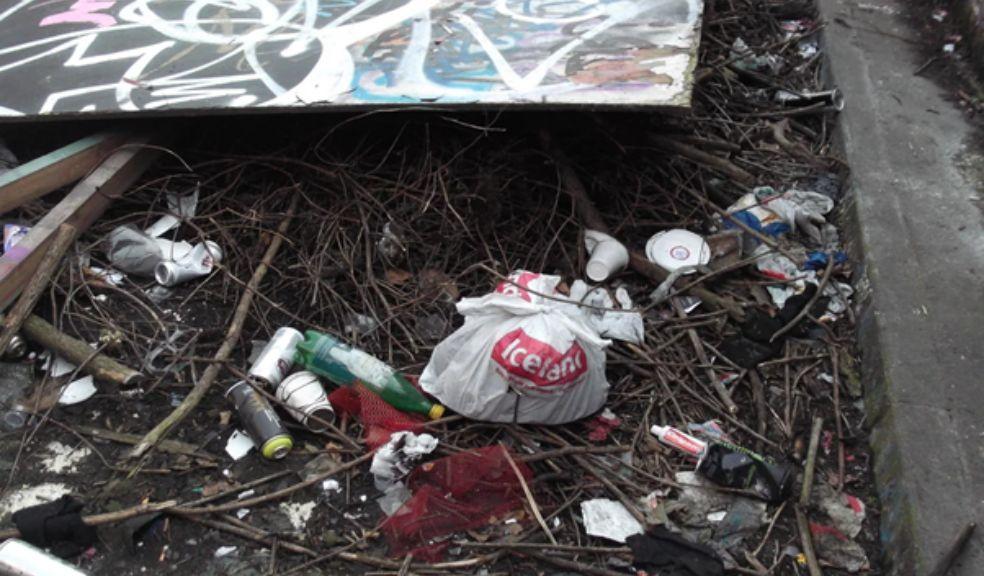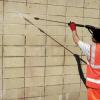
Missing a trick! Could vacant property clearance help bring properties back into use
In 1995, the average house in the UK cost £104,000 - that’s adjusted for inflation, so the price-tag was lower. Twenty-five years later, the figure was £240,000[i]. The government responded with targets for housebuilding, with the rationale being that more housing supply should keep down prices. But, are we not missing something?
The UK has 238,000 homes that have been empty for six months or more[ii]. And, we all see vacant properties on our local high street - a recent UK study found 172,000 currently empty commercial premises[iii].
Property clearance – why?
If you own a vacant property and bring it back into use, you could be helping the community as well as yourself. And you might not have a choice. The 2022 Queen’s Speech announced a Levelling Up and Regeneration Bill. This will give local authorities the power to compel a rent auction of empty ‘qualifying high-street premises’. This can only happen if the property:
- has been vacant for a year (or for 366 days over two years)
- is in an area the local authority has designated as important to the local economy
‘Qualifying high street premises’ is given a very broad definition. It can include shops, offices, service providers, restaurants/bars, entertainment venues, meeting places and even manufacturing facilities[iv].
Property clearance – when?
Many properties will need professional-level clearance before re-use. This is especially true of commercial sites. Homes can require professional clearance after damage, lengthy vacancy or squatters but, otherwise, the owner often handles clearance themselves. Commercial premises are much more likely to need a professional partner. They’re bigger and they’re much more likely to attract the attention of pests such as fly-tippers and squatters.
Clearance can also involve legal obligation. If a departing tenant leaves possessions behind, it’s still legally theirs. Before disposal, you will need to try hard to trace the tenant, give notice, and leave reasonable time for them to respond[v].
Property clearance – how?
General waste can accumulate after natural damage, vandalism, construction work and fly-tipping. A well-equipped, professional crew can make pretty short work of these cases. The main point to note here is the set of things that can go wrong if waste is ignored and left in place. Anything biological will rot, attracting vermin and creating a growing health hazard. Fire is another risk. The single biggest issue is that detritus attracts other detritus. People see a pile of rubbish as a sign saying, ‘Municipal Dump’. In some cases, the site will need to be sanitized after clearance before it’s habitable again.
Sometimes, the only culprit in your difficulty is mother nature. Depending on climate, locale and time of year, it might not take long for the triffid empire to colonise your empty property. And, some plants are arguably more fearsome than John Wyndham’s invented ones! Japanese knotweed can damage paving, roads, buildings and foundations. Other than that, the issues are similar to general waste – fire, vermin and the tendency to highlight vacancy – attracting vandals, squatters and fly-tippers.
If you are dealing with something like the leakage of stored chemicals, you will need a specialist hazardous waste removal service. This is a complex area, with several categories of such waste and strict law involved. But briefly, you will - without question - need a company licensed in the handling and carrying of hazardous waste, that knows how to assess hazards, protect workers, clear a site and manage disposal, all in accordance with relevant law. Such companies generally offer an inspection service, if you need to confirm or rule out the possibility of hazardous waste.
Graffiti removal is another consideration, and you may require high-pressure washers and specially-formulated cleaning sprays. Once cleared, you may want your surfaces finished with an anti-graffiti coating, to enable you to wash off further incidences more easily.
One of the worst clearance scenarios is that of squatters. Some try to be clean, and limit mess to certain areas of a property. But, others really don’t. In the latter case, extreme levels of general damage, rubbish and human waste aren’t unusual. In both scenarios, there can be other really serious problems too. Intravenous drug use is not rare, so any site clearance will have to be done by a team trained to deal with ‘sharps’ such as needles. Disposal of sharps is also a matter of law – they must never be thrown in the bin.
Finally, on to the delicate issue of human waste. Disconnected utilities mean no normal toilet facilities, so this topic isn’t just unpleasant, there are also disease risks and legal requirements when it comes to sanitisation, once squatters leave premises.
SafeSite Security Solutions has more advice on their website if you wanted to do further research before making a choice about how best to approach clearing your property. Visit https://www.safesitesecuritysolutions.co.uk/products/clearance-cleaning.
[i] https://www.allagents.co.uk/house-prices-adjusted/
[ii] https://www.actiononemptyhomes.org/facts-and-figures
[iii] https://todaysconveyancer.co.uk/empty-unused-buildings-increase-2019/
[iv] https://www.bclplaw.com/en-US/insights/levelling-up-and-regeneration-bill-high-street-rental-auctions.html
[v] Torts (Interference with Goods) Act 1977












